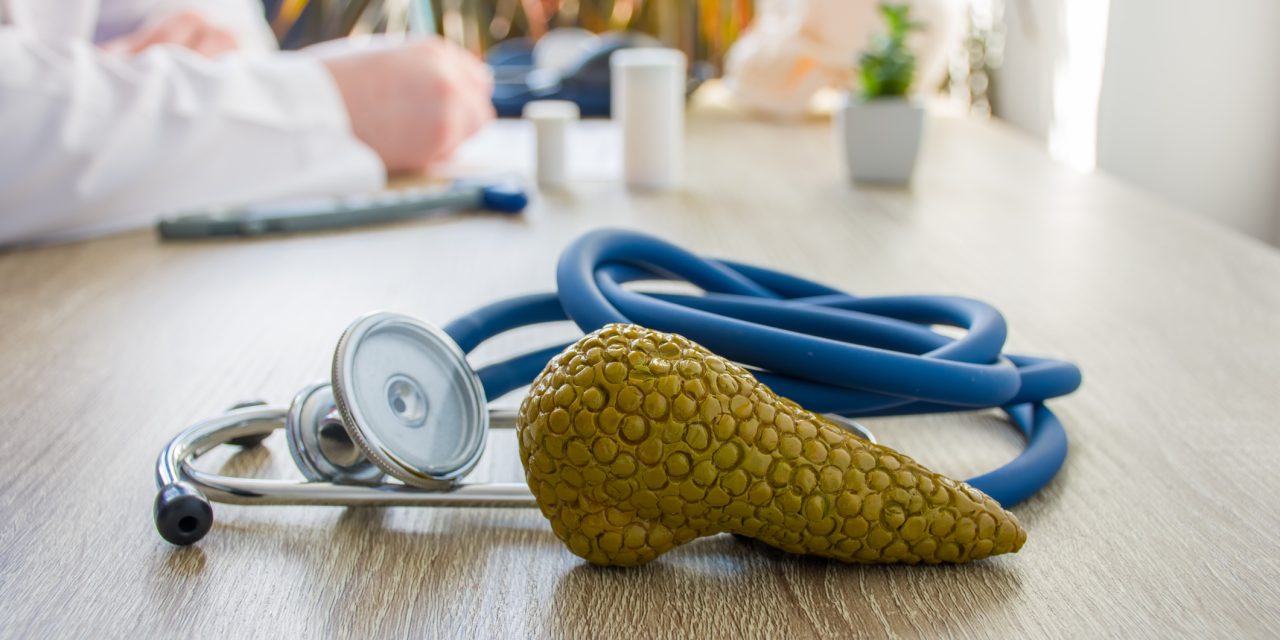The purpose of this study was to evaluate the clinical score and stability after meniscal allograft transplantation (MAT) after a previous anterior cruciate ligament (ACL) reconstruction.
Medial MAT would improve anteroposterior stability, and lateral MAT would improve rotational stability.
Cohort study; Level of evidence, 3.
We retrospectively investigated 31 cases of MAT after a previous total or nearly total meniscectomy and ACL reconstruction between November 2008 and June 2017. Cases were divided into medial (16 cases) and lateral (15 cases) MAT groups. The patients were assessed preoperatively and at the 2-year follow-up.
In the medial MAT group, the International Knee Documentation Committee, Lysholm, Lysholm instability, and Tegner scores improved significantly at the 2-year follow-up, and there were also significant improvements in the anterior drawer, Lachman, and pivot-shift tests. In the lateral MAT group, the Lysholm and Tegner scores improved significantly at the 2-year follow-up, as had the anterior drawer and Lachman tests but not the pivot-shift test. The medial MAT group showed significant improvement in side-to-side difference on Telos stress radiographs, from 6.5 mm (preoperatively) to 3.6 mm (2-year follow-up) ( = .001), while the lateral MAT group showed no significant change. There was no progression of arthritis in either group.
Medial MAT improved not only anteroposterior stability but also rotational stability in the meniscus-deficient ACL-reconstructed knee. Lateral MAT showed improvements in the anterior drawer and Lachman tests but not in the pivot-shift test or side-to-side difference on Telos stress radiographs in meniscus-deficient ACL-reconstructed knees. Instability and pain are indications for MAT in meniscus-deficient ACL-reconstructed knees.
Meniscal Allograft Transplantation After Anterior Cruciate Ligament Reconstruction Can Improve Knee Stability: A Comparison of Medial and Lateral Procedures.


